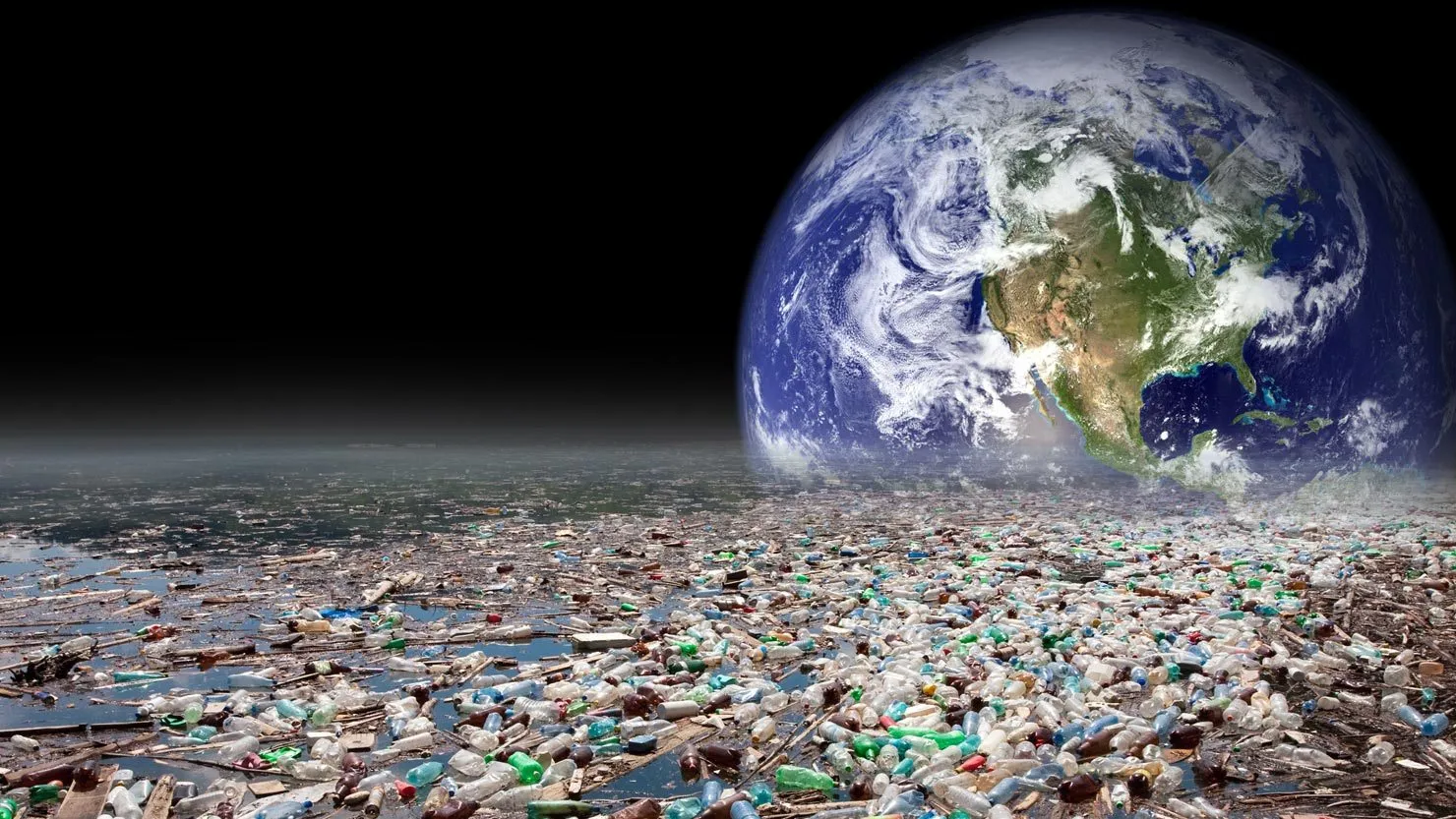POLLUTION & ENVIRONMENTAL STUDIES @ BOMBAY TEST HOUSE PVT LTD.
Pollution and environmental studies encompass the examination and analysis of various aspects related to the environment and the impacts of pollution. Here are some key areas and topics within pollution and environmental studies:
- 1. Air Pollution: Focuses on the analysis and assessment of pollutants in the air, including particulate matter (PM), volatile organic compounds (VOCs), nitrogen oxides (NOx), sulfur oxides (SOx), ozone (O3), and carbon monoxide (CO). Studies may involve monitoring air quality, identifying emission sources, and assessing the health and environmental effects of air pollution.
- 2. Water Pollution: Examines the contamination of water bodies, such as rivers, lakes, oceans, and groundwater, due to various sources like industrial discharges, agricultural runoff, and improper waste management. Studies may involve assessing water quality, identifying pollutants, and evaluating the impacts on aquatic ecosystems and human health.
- 3. Soil and Land Pollution: Investigates the contamination of soil and land resources due to activities like improper waste disposal, industrial spills, and pesticide use. Studies may include soil sampling and analysis to assess the presence of pollutants, understanding their transport and fate in the environment, and evaluating the effects on soil quality and ecosystems.
- 4. Noise Pollution: Focuses on the measurement and assessment of excessive and unwanted noise levels in the environment, including sources such as industrial operations, transportation, and urban development. Studies may involve monitoring noise levels, evaluating the impacts on human health and well-being, and recommending mitigation measures.
- 5. Waste Management: Examines the proper handling, treatment, and disposal of various types of waste, including solid waste, hazardous waste, and electronic waste. Studies may involve analyzing waste management practices, assessing recycling and waste reduction strategies, and evaluating the environmental and health implications of different waste management approaches.
- 6. Environmental Impact Assessment (EIA): Involves the evaluation and prediction of potential environmental impacts of proposed projects or activities. EIA studies assess the effects on air, water, soil, biodiversity, ecosystems, and human health, and help in making informed decisions about project planning and implementation.
- 7. Climate Change and Global Warming: Investigates the causes, impacts, and mitigation of climate change, including the increase in greenhouse gases, rising global temperatures, sea-level rise, and changes in weather patterns. Studies may include modeling future climate scenarios, assessing vulnerability and adaptation strategies, and evaluating the effectiveness of mitigation measures.
- 8. Biodiversity Conservation: Focuses on the preservation and protection of biodiversity, including the study of ecosystems, species diversity, and habitat conservation. Studies may involve biodiversity surveys, monitoring endangered species, assessing the impacts of human activities on ecosystems, and developing conservation strategies.
- 9. Environmental Policy and Regulation: Examines the development and implementation of policies, regulations, and frameworks to address environmental issues. Studies may involve analyzing environmental laws, assessing policy effectiveness, and advocating for sustainable practices and environmental justice.
- 10. Environmental Education and Awareness: Promotes public awareness and education about environmental issues, conservation practices, and sustainable development. Studies may involve designing and evaluating environmental education programs, conducting outreach activities, and fostering environmental stewardship.
These are just some of the many areas and topics within pollution and environmental studies. Research, monitoring, and analysis in these areas contribute to understanding environmental challenges and developing solutions for a more sustainable future.


Testing
Read More
Inspection
Read More
Certification
Read MoreTesting Services
- Drugs & Pharmaceutical Testing
- Cosmetics & Essential Oils Testing
- Medical Devices Testing
- Ayush - Ayurvedic Drug Testing
- Food Products Testing
- Agri Commodities Testing
- Fertilizers and Soil Testing
- Animal Food & Feed Testing
- Water - Drinking Water & Effluent Water Testing
- Industrial Oils and Lubricants & Petroleum Products Testing
- Coal & Coke and Solid Fuels Testing
- Ores & Minerals Testing
- Metals & Alloys Testing
- Plastics, Polymer, Rubber & Rubber Products Testing
- Resins & Adhesives Testing
- Paints, Varnish, Pigments & Surface Coating Testing
- Glass & Ink, Paper & Pulp Testing
- Industrial & Fine Chemicals Testing
- Dyes, Acids and Solvents Testing
- Soaps, Detergents & Toiletries Testing
- Packaging & Packaging Products Testing
- Gold & Silver Assaying & Hallmarking
- Cement, Concrete & Building Materials Testing
- Pollution and Environmental Studies
- Microbiological Assays. Etc.,









